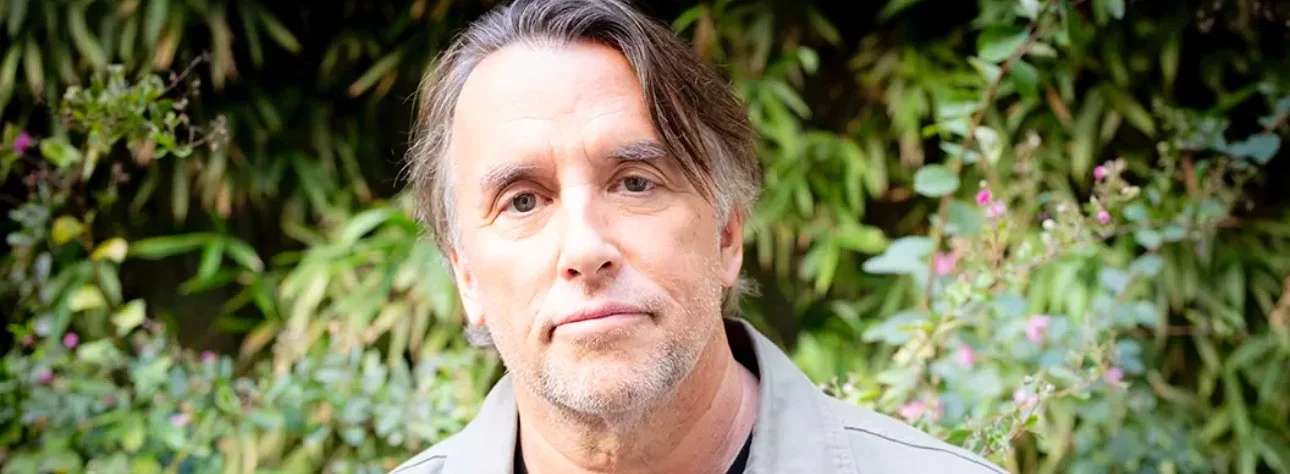I have seen director Leos Carax’s “Annette” more than a few times now. It’s such an unusual film that I found myself thinking about its strengths, most notably its form and mise-en-scene, not to mention the unusually catchy songs by the Sparks duo of Ron and Russell Mael and completely forgot about the frigid emptiness that resides in its brilliant conceived frames.
Kicking off with the thrilling opening number, “So May We Start,” a meta declaration of overture featuring Carax, the Maels and the cast, “Annette” has a simple story to tell, but it’s the delivery by which Carax chooses to tell his story that makes it such a unique specimen in the film canon.
Adam Driver’s Henry, a standup comic/performance artist, has just found love with opera star Ann, played by Marion Cotillard. They eventually get hitched, have a ginger baby named Annette (played by a puppet) and then things go south. Henry clearly believes he’s made a mistake; he can’t handle the responsibility that comes with fatherhood and marriage, and so, as they are deep in the ocean on a boat ride and the tides wave in furious anger, well, I’d rather not reveal what comes next for it would strip you of the twist that awaits.
The U.S. born Carax, who has lived in France for most of his life, hasn’t released a new movie since his 2012 groundbreaker “Holy Motors.” In “Annette,” his first film in English, he gets influenced by Sparks’ unusually minimalist music to create a full-fledged rock opera that also feels equal parts stage play. Don’t kid yourselves, “Annette” is still very much Cinema. Some of the images conjured up here are breathtaking to behold; from the aforementioned storm sequence, to Ann walking through forest scenery during a performance, to the surreal motorcycle rides, Carax and cinematographer Caroline Champetier create visual miracles.
So then, why did some of “Annette” leave me with a nagging distanced feeling of detachment? The film clocks in at a whopping 140 minutes and although it doesn’t necessarily test your patience, you do start to wonder, what’s the point of it all? The set-up is gloriously Carax — green hues, noir, flawed love, the abyss of life — but it all wears rather thin when Baby Annette becomes a singing sensation and Henry, alongside Simon Helberg of “The Big Bang Theory,” playing Ann’s lovelorn accompanist, bring her on tour.
The “Star is Born” aspect of “Annette” is rather puzzling and exposes the thin story at hand. Maybe it’s because the Mael brothers —cinematic rookies— have been shopping the script around for decades, looking for a buyer until Carax came to save the day, but, regardless, if you strip the catchily repetitive music away from the product then what you’re left with is a weak and uninvolving plot. That’s really too bad since Driver delivers a wondrous performance as the tortured psyche whose only escape is riding his motorcycle around the noirish L.A. night. The standup sequences, although lengthy, showcase how much of an integral physical performer Driver can be — think Bo Burnham but darker.
What Carax has ultimately created is his own unique cinematic universe. “Annette” doesn’t feel like it takes place in our world, it feels isolated and fully ingrained in Carax’s head. It might not entirely work, but his high-wire act of cinematic ambitions deserves our unrequited attention. [B-]






